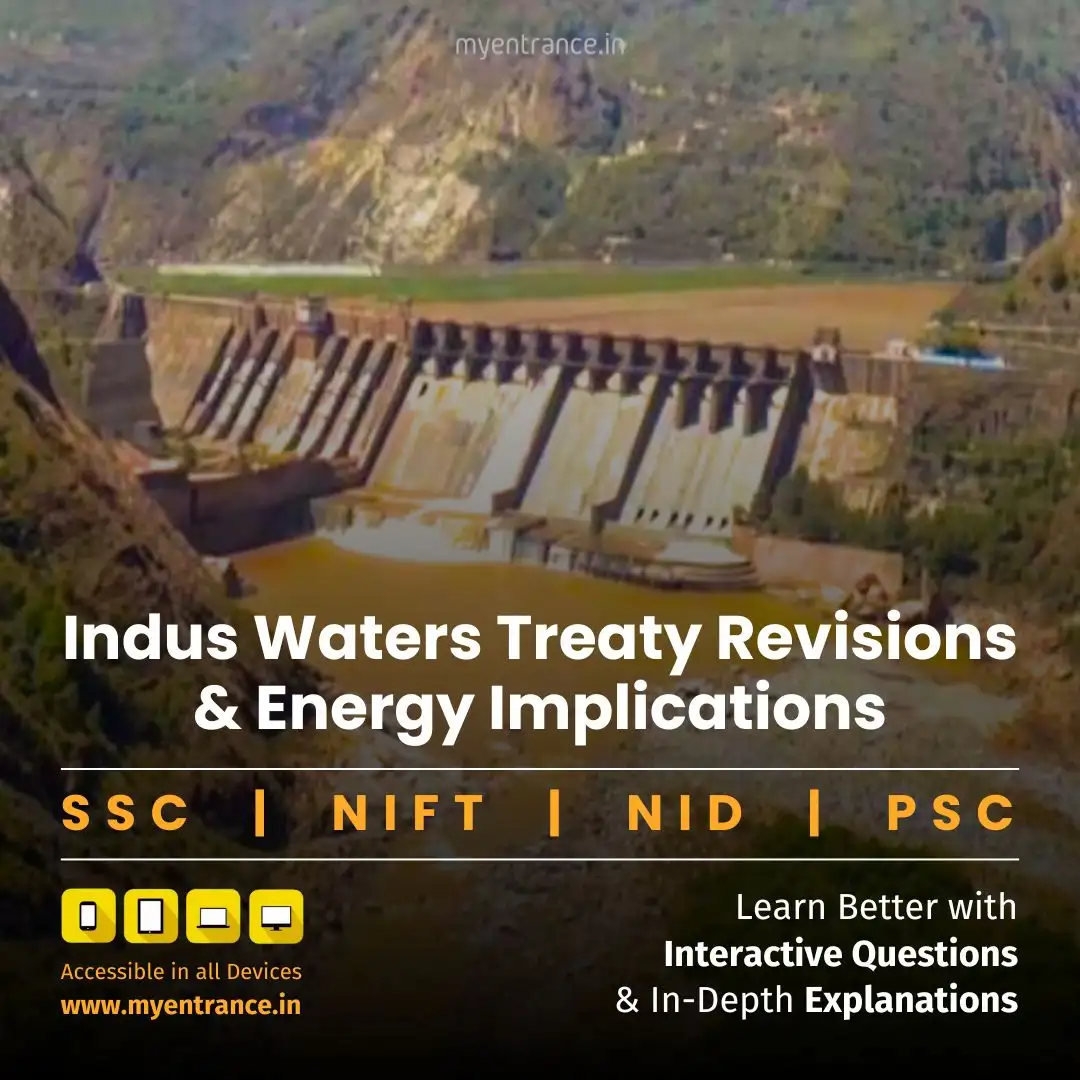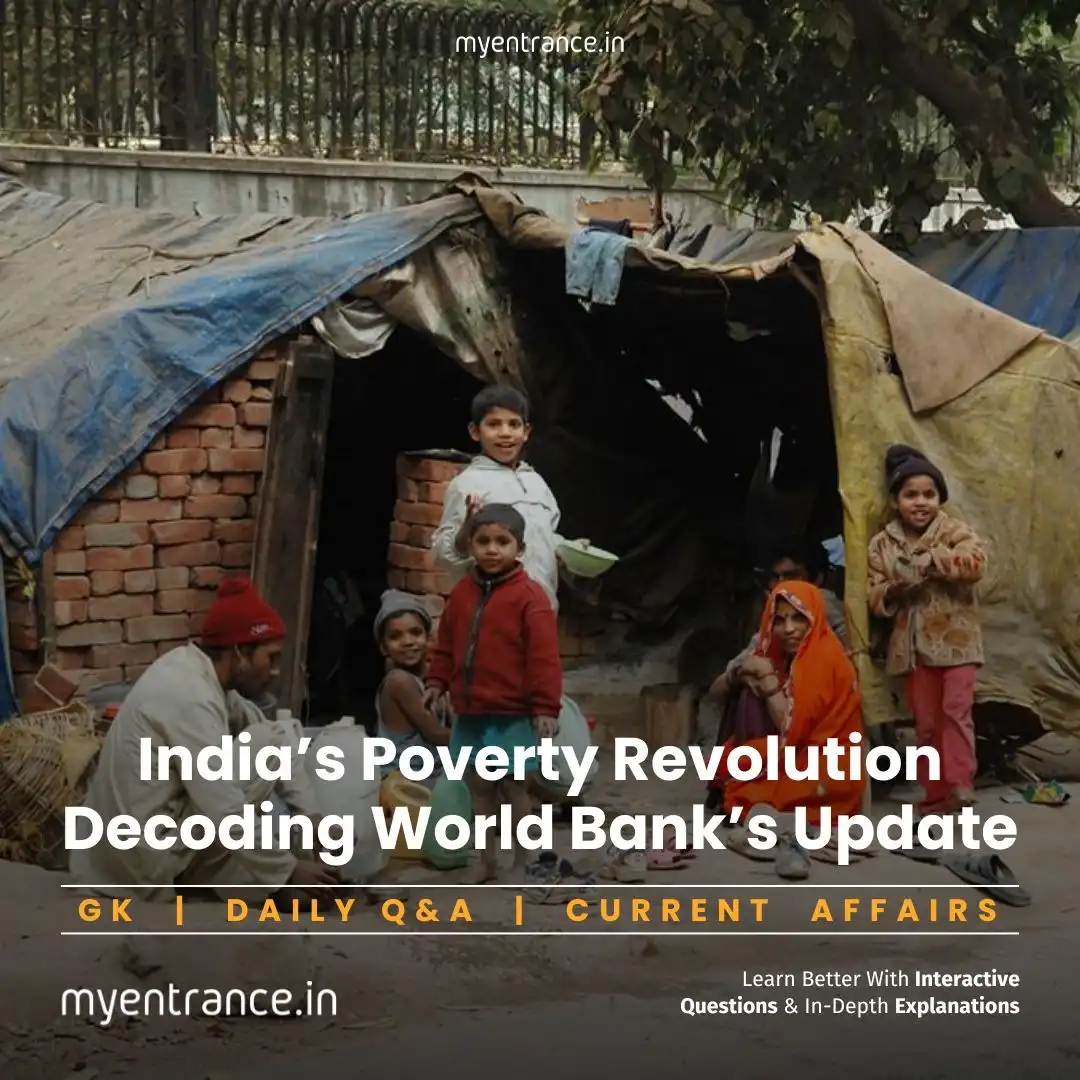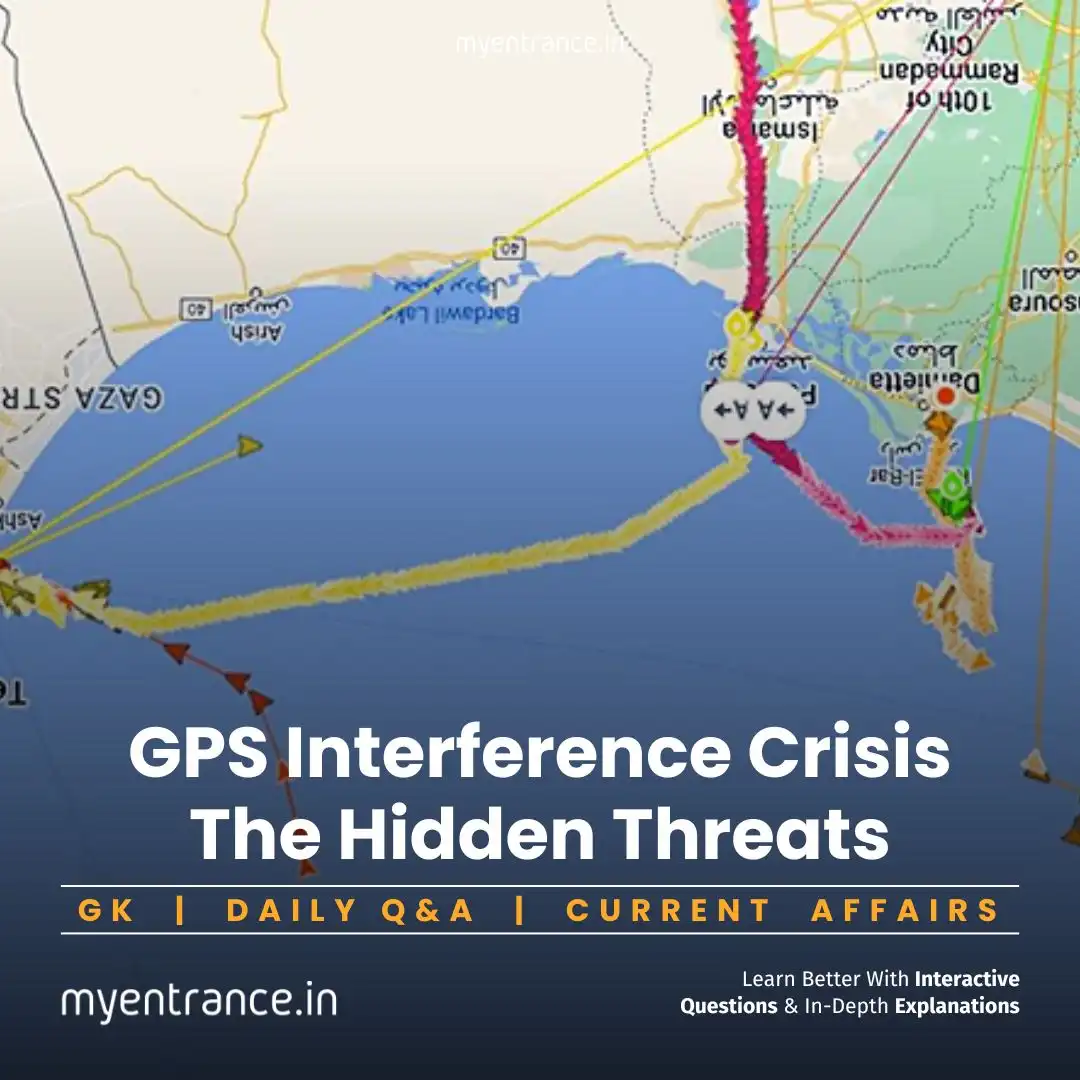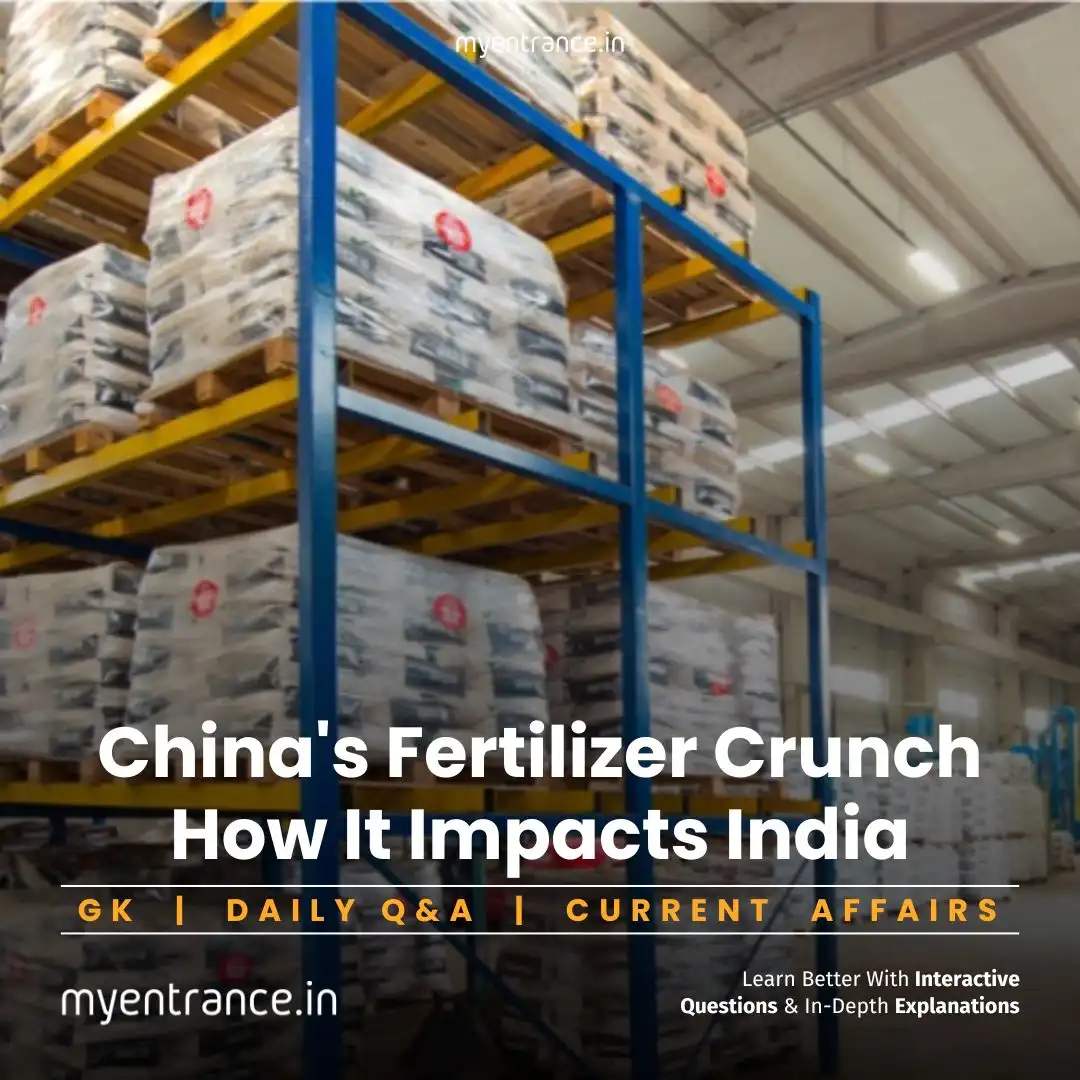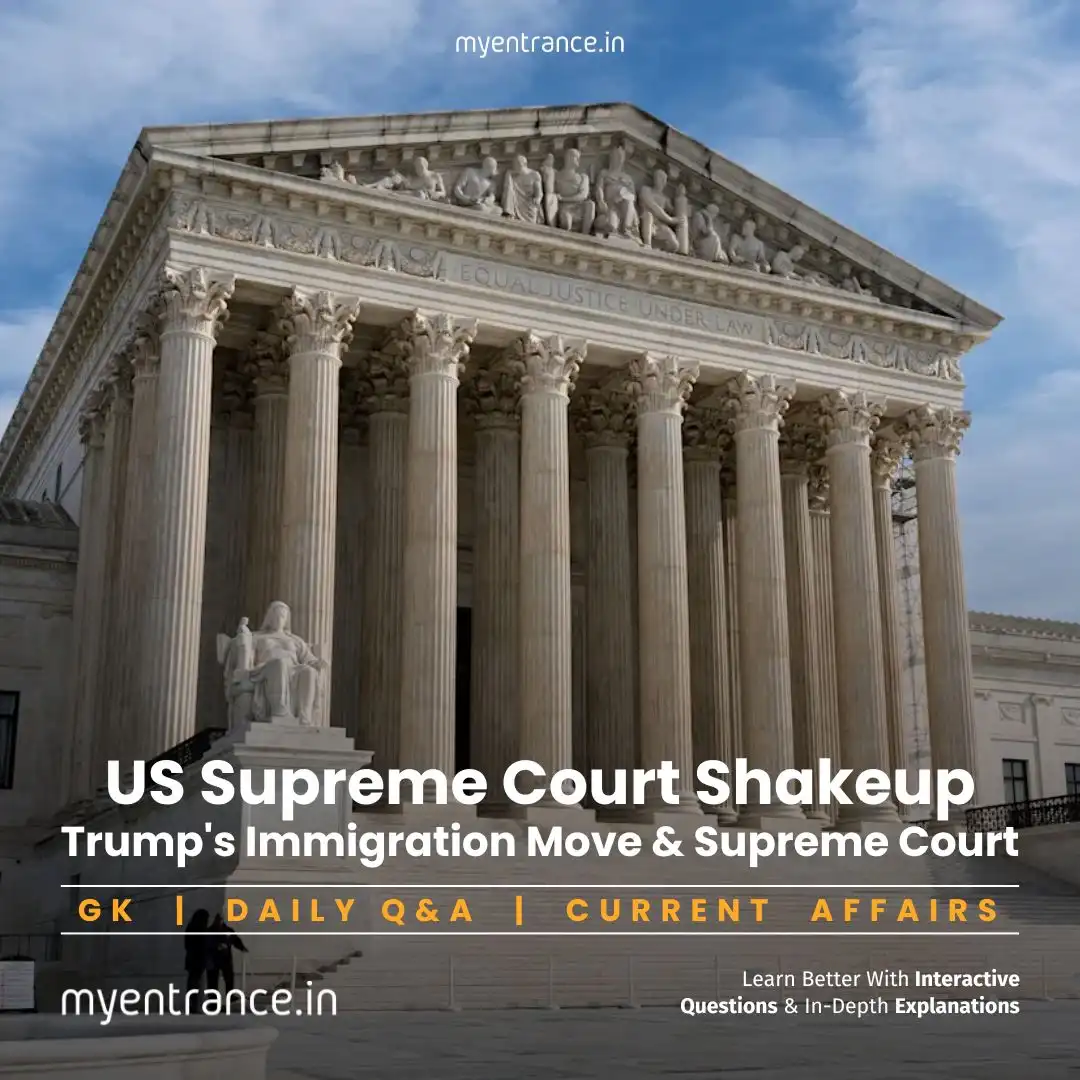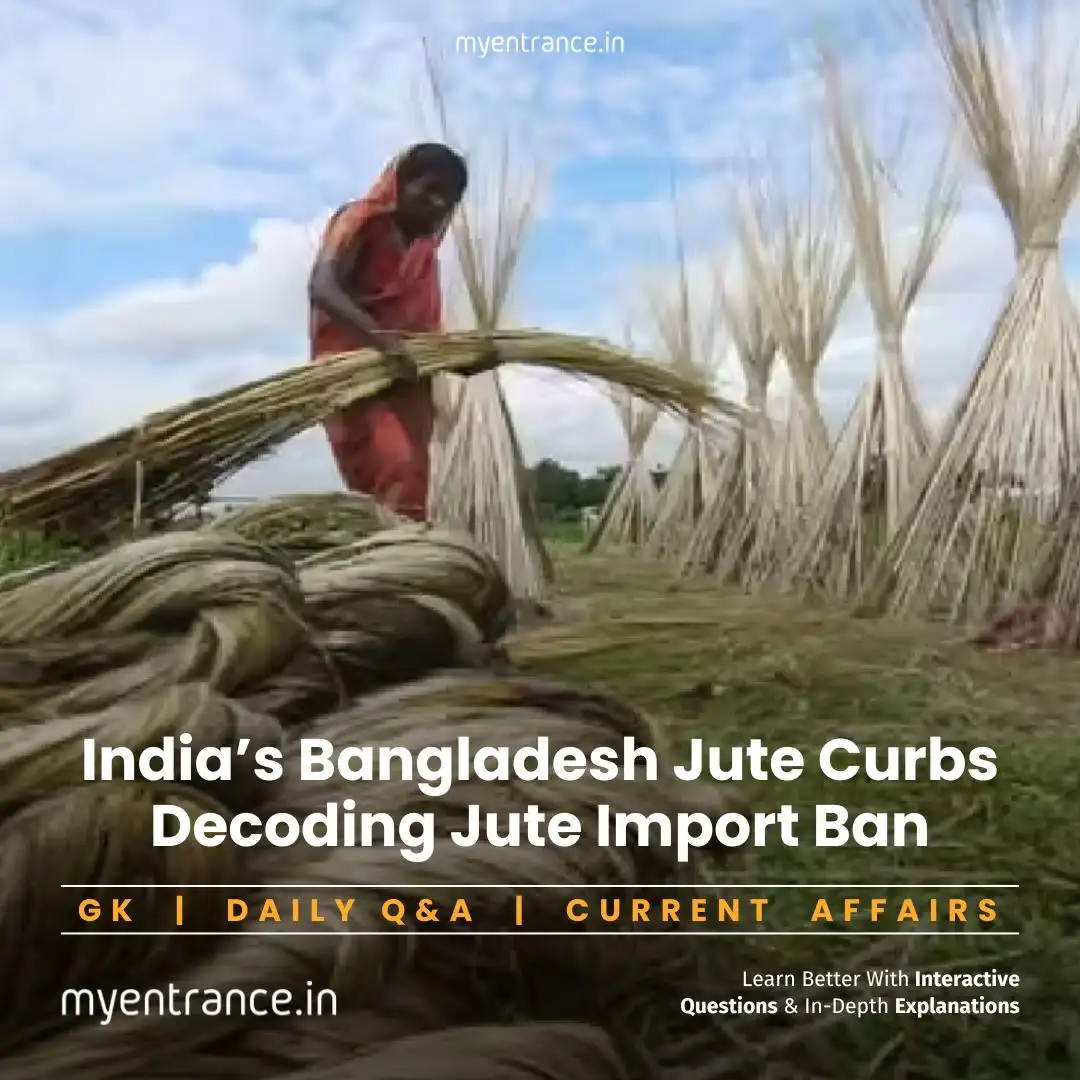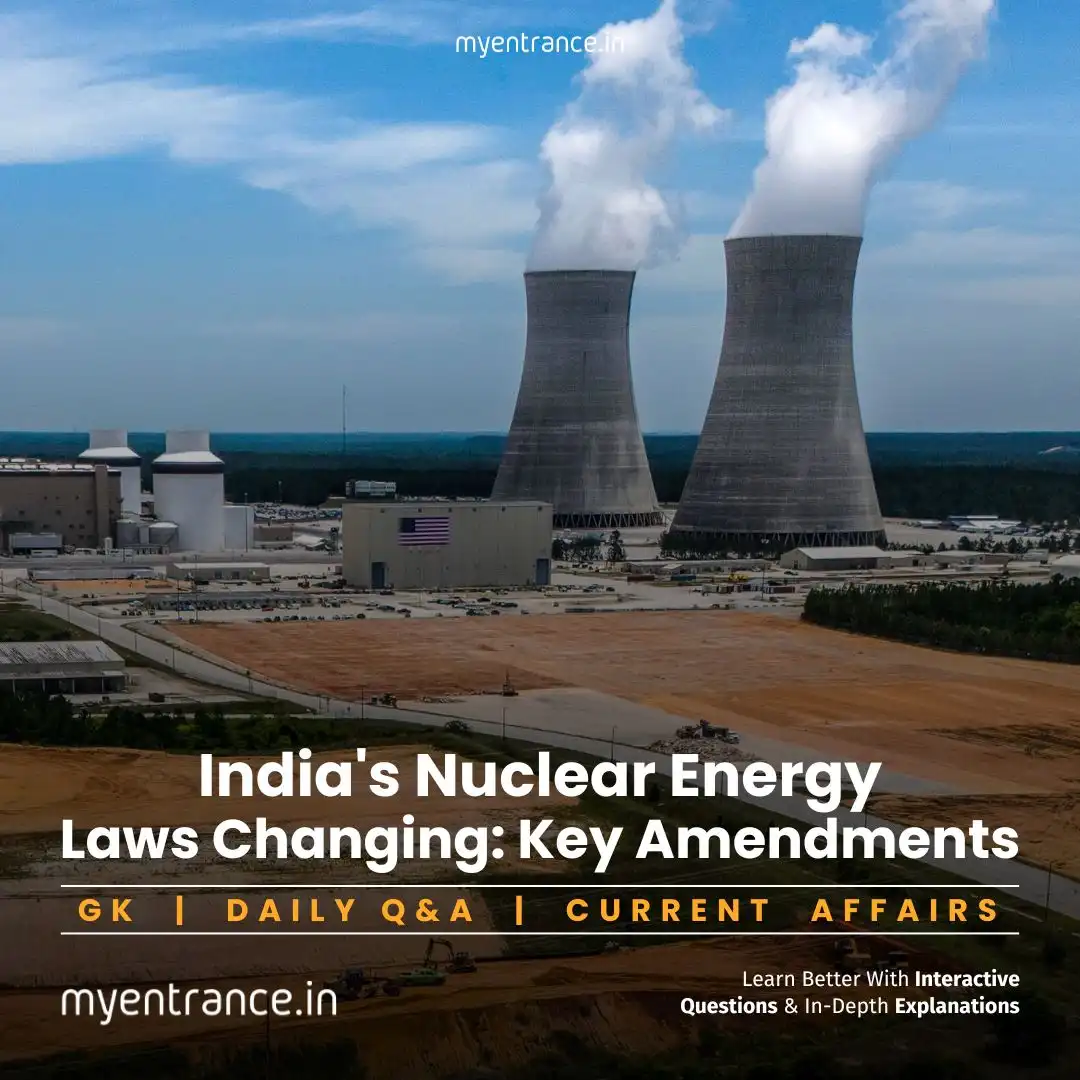Select Language
India’s Hydro Strategy in J&K: Indus Waters Treaty Revisions & Energy Implications | Exam Guide
Amid rising cross-border tensions, India is strategically revising hydropower plans in Jammu & Kashmir under the Indus Waters Treaty (IWT). This move balances energy needs with diplomatic obligations—a critical case study for UPSC aspirants.
India’s Evolving Hydropower Policy in J&K
After the April 2024 Pahalgam terror attack, India temporarily suspended certain aspects of the Indus Waters Treaty (IWT)—a move signaling strategic reassessment rather than outright termination. Union Power Minister Manohar Lal clarified:
Existing hydropower projects will continue unchanged.
New projects will maximize water storage within IWT’s legal limits, boosting energy security without violating treaty terms.
Why This Matters for India-Pakistan Relations
Treaty Basics: The 1960 IWT grants India full rights over Eastern Rivers (Ravi, Beas, Sutlej) but restricts storage on Western Rivers (Indus, Jhelum, Chenab), which flow into Pakistan.
Run-of-River vs. Storage Projects: The treaty allows run-of-river projects (minimal storage) but limits large reservoirs. India now aims to optimize storage in new projects without breaching IWT terms.
Key Hydropower Projects Under Development
Bursar Project (Marusudar River) – 800 MW (Survey Stage)
Sawalkot Project (Chenab River) – 1,856 MW (Planning Phase)
New Ganderbal Project (Sindh River) – 93 MW (Planning Phase)
Pakal Dul (Chenab River) – 1,000 MW (J&K’s first storage-based project, testing IWT flexibility)
Legal & Strategic Implications
“In Abeyance” ≠ Termination: India retains treaty rights while exploring permissible adjustments.
Diplomatic Balance: Storage expansions must avoid significant harm to Pakistan’s water flow, a core IWT obligation.
Energy Security: J&K’s untapped hydropower potential exceeds 11,000 MW, making optimized storage crucial for development.
Sample Questions & Answers for Competitive Exams
Q: What prompted India’s reconsideration of the Indus Waters Treaty in 2024?
A: The April 2024 Pahalgam terror attack led India to reassess its IWT commitments diplomatically.
Q: Which rivers are designated as “Western Rivers” under the IWT?
A: The Indus, Jhelum, and Chenab, primarily allocated to Pakistan but with limited Indian usage rights.
Q: How does the IWT restrict India’s hydropower projects?
A: It prohibits large reservoirs on Western Rivers, allowing only run-of-river projects with minimal storage.
Q: Name two storage-based hydro projects India is developing in J&K.
A: Pakal Dul (Chenab River) and Bursar (Marusudar River).
Q: Why has Pakistan objected to India’s Kishenganga and Ratle projects?
A: Pakistan claims they violate the IWT by altering river flow and enabling excess water storage.
Most Predicted Questions
Comprehensive study materials, Expert-guided tips & tricks, Mock tests and instant results.
Start your SSC, NIFT, NID, FDDI, PSC journey today with MyEntrance, your ultimate online coaching platform.
